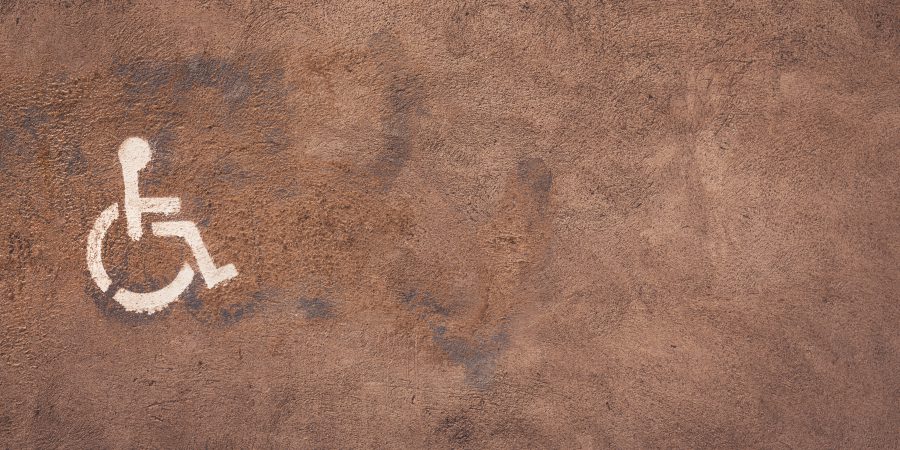For my media literacy class, I chose to focus on disabilities, differences, and culture in education. A book that would be a helpful resource is cited below. Undoing Ableism: Teaching about Disability in K-12 Classrooms provides a guide for teachers who are not personally represented in a disability group. Even if the teacher knows or works with someone with a disability, they will never be able to understand the mental or emotional aspect due to ableism truly.
Teaching disabilities is essential for students who will interact with different people in society. Rather than avoid these topics, students should be able to break down stereotypes together through discussions (Baglieri & Lalvani 2020). An introspective activity can be having students close their eyes and think of their community, culture, and language (2020). Are there alternatives to stairs? What about their homes or a particular restaurant? Are there books or menus available in Braille or interpreters? How many students in self-contained classes have they befriended? When thinking about cultures, how do they see their family react? Are there euphemisms or lexicons used? For example, any word that follows ‘impairment’ is disrespectful. One is saying that the person is impaired or broken.
Side note: I enjoyed this read mainly when it talked about ableism in schools. Few students marked as ESE or ELL are in advanced or honors classes. It took close to a semester for one student identified with Autism to switch to honors. There are still others on the recommendation list. Rather than allow a label to define them, people need to focus on the individual over the label.
The book also brings a great sentence to share with students- “everyone struggles with someone” (2020). Again, this can be a journal activity where students write down what they struggle with. The two models of disability, medical and social, result in two different mindsets. Not everything is textbook science. People are social and growing beings to change with their environment and due to it.
To live in a world where people are kind to all people regardless of their background and needs, we need to teach it. Most of my students are ESE or ELL. My team is the most diverse regarding these two identifications. My students are identified with Autism, language impairment,’ orientation mobility, vision, ADHD, and more. They learn about their unique peers; however, being educated will benefit their success as empathetic beings.
This unit does not have to be reserved for a particular subject. The guided questions are most profitable because they ask many questions, including the portrayal and how it cancels their voice. It also includes resources they recommend (one example cited below). Teachers should add a topic about disability rights and culture today.
Baglieri, & Lalvani, P. (2020). Undoing ableism: teaching about disability in K-12 classrooms. Routledge.“Customer Abuses Employee with Down Syndrome | What Would You Do? | WWYD, ” produced by ABC (June 18, 2016, published by What Would You Do?) www.youtube.com/watch?v=B2rNcs27Dpg
